Uncategorized
-
 Health & Medicine
Health & MedicineAn antibody injection could one day help people with endometriosis
An injectable antibody treatment that reduced signs of endometriosis in monkeys is now being tested in a Phase 1 clinical trial in people.
By Meghan Rosen -
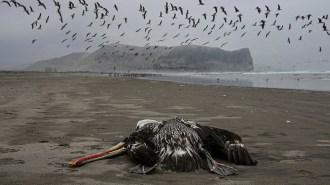 Health & Medicine
Health & MedicineBird flu can jump to mammals. Should we worry?
Reports of bears and sea lions infected with H5N1 have sparked fears about the pandemic potential of bird flu. Experts are keeping a close eye on its spread.
-
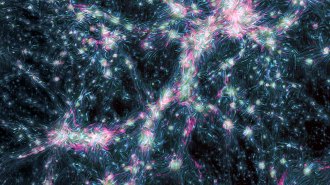 Cosmology
CosmologyAstronomers spotted shock waves shaking the web of the universe for the first time
Studying these elusive shock waves could give scientists a better look at the mysterious magnetic fields that permeate the cosmic web.
By Elise Cutts -
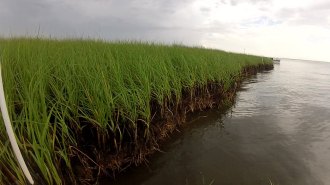 Environment
EnvironmentThe Deepwater Horizon oil spill ruined long-term shore stability
For at least eight years, the oil disaster continued to kill soil-retaining marsh plants along the Louisiana coast, accelerating shoreline loss.
-
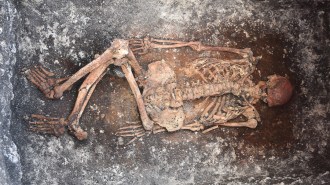 Archaeology
ArchaeologyThe Yamnaya may have been the world’s earliest known horseback riders
5,000-year-old Yamnaya skeletons show physical signs of horseback riding, hinting that they may be the earliest known humans to do so.
-
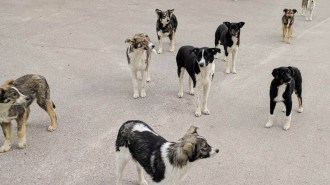 Animals
AnimalsWhat the first look at the genetics of Chernobyl’s dogs revealed
Dogs living in the Chernobyl Nuclear Power Plant industrial area are genetically distinct from other dogs, but scientists don’t yet know if radiation is the reason.
By Meghan Rosen -
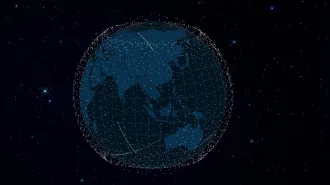 Astronomy
AstronomyHalf of all active satellites are now from SpaceX. Here’s why that may be a problem
Of the roughly 7,300 active satellites in Earth orbit, about 3,600 are part of SpaceX’s growing fleet of Starlink internet satellites.
-
 Particle Physics
Particle PhysicsMuons unveiled new details about a void in Egypt’s Great Pyramid
The subatomic particles revealed the dimensions of the void, discovered in 2016, and helped researchers know where to stick a camera inside.
-
 Life
LifePlant/animal hybrid proteins could help crops fend off diseases
Pikobodies, bioengineered proteins that are part plant and part animal (thanks, llamas), loan plant immune systems a uniquely animal trait: flexibility.
-
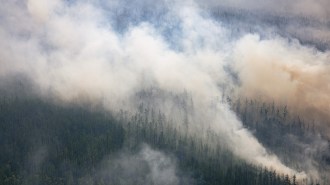 Climate
ClimateWildfires in boreal forests released a record amount of CO2 in 2021
Boreal forests store about one-third of the world’s land-based carbon. With wildfires increasing there, fighting climate change could get even harder.
By Nikk Ogasa -
 Climate
ClimateMany Antarctic glaciers are hemorrhaging ice. This one is healing its cracks
Scientists have explored the recesses of an Antarctic glacier that is currently stable, helping improve predictions of the continent’s fate.
By Douglas Fox -
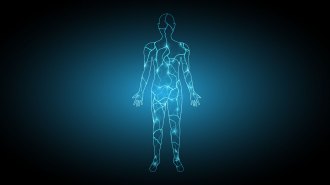 Life
Life‘We Are Electric’ delivers the shocking story of bioelectricity
Sally Adee’s new book spotlights the underexplored science of the body’s electricity and investigates how bioelectricity could advance medicine.
By Meghan Rosen